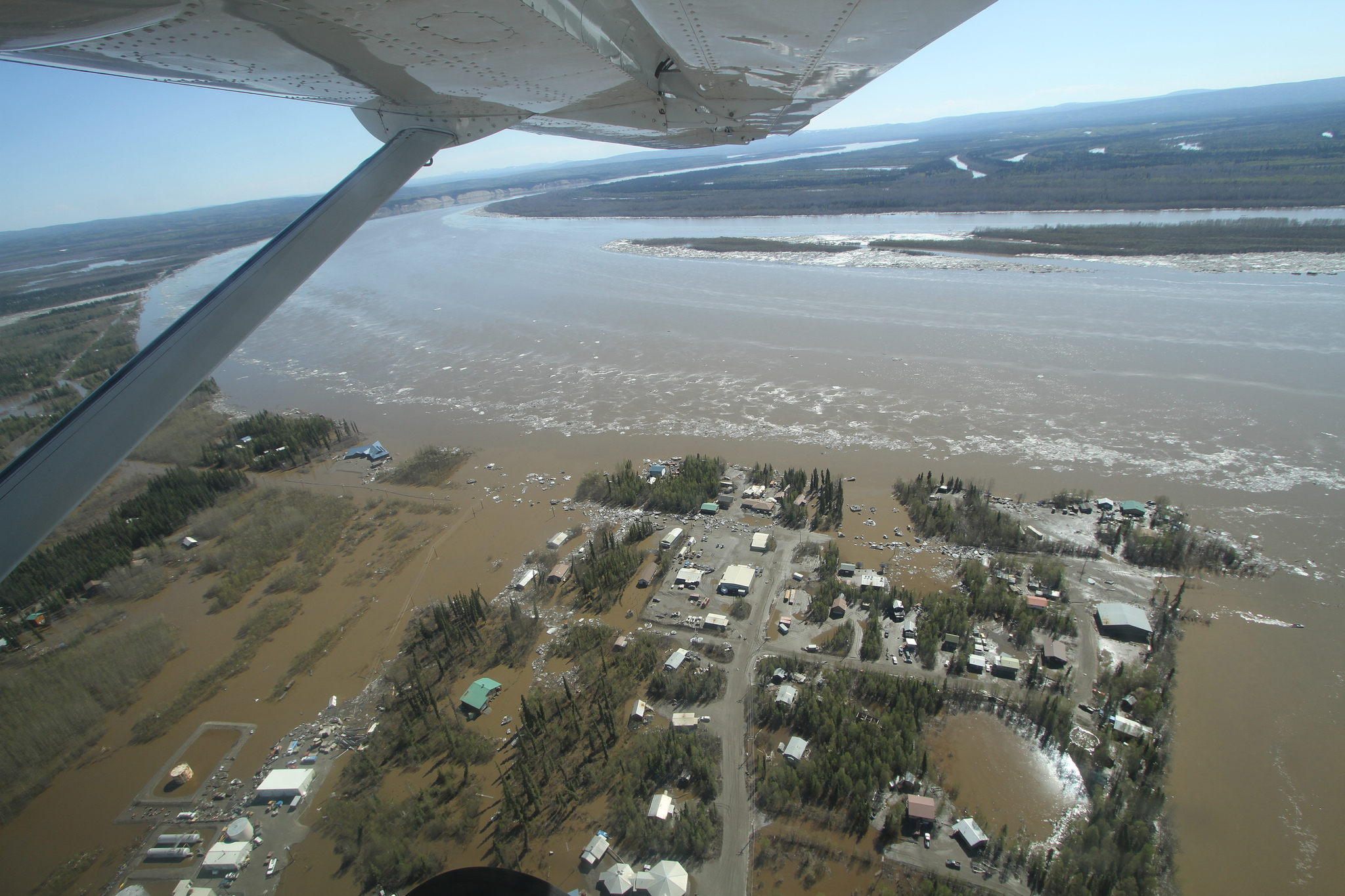An Alaska university course examines climate change in a new way — through gender differences
Gender can affect things such as emergency responses to climate induced natural disasters, as well as resiliency in the face of such change.

At the University of Alaska Fairbanks, scientists and students are studying the effects of climate change on tundra, forests, glaciers, wildlife and oceans.
Now the university has branched out into a new perspective on climate-change study. A sociology course offered in the just-completed spring semester examined the way climate change impacts vary by gender.
The “Gender and Climate Change” course looked into the ways that people of different genders and sexual orientations and in different geographic regions are affected by climate change.
For the 14 students enrolled in the class — all of them very familiar with the physical science aspects of climate change — the view through a sociology lens was a revelation, said Maureen Beirmann, the instructor who developed and taught the online course.
“There was a little bit of a learning curve,” said Biermann, who is completing a PhD dissertation on climate change at Pennsylvania State University.
The course took an international approach, Biermann said. Only a quarter of the class material concerned Alaska and the Arctic, she said. For that, students were able to form partnerships with community organizations in Fairbanks, and some were able to draw on personal experiences in Alaska.
One example came from Chad Fullmer, a student with management experience working at the Alaska Division of Homeland Security and Emergency Management.
Aid for victims of natural disasters, as structured through the federal Stafford Act, is geared toward homeowners, Fullmer pointed out in a class presentation. Renters and homeless people do not get the same assistance, and those lower-income and more transient disaster victims are more likely to be women, he said.
Biermann said that is a pattern elsewhere — not a form of deliberate discrimination but an unfortunate byproduct of rigid policies.
“People have fallen through the cracks because they are gender minorities or sexual minorities,” she said. For example, she said, transgendered people who are displaced by climate-related disasters might have more trouble securing temporary shelter because their formal identification documents show their birth genders.
One area of potential future study is how climate change in Alaska is influencing rural women — more than men — to move to the state’s urban centers, she said.
Something similar has occurred in western Australia, where climate change has exacerbated droughts. In that farming-dependent region, women have proved more adaptable and willing to take on alternative jobs in cities, Biermann said. But men, who appear to have identities more strongly tied to their status as farmers, have been prone to from depression and alcohol abuse in times of drought, she said. “The male farmers who had to give up their farming lifestyle had trouble with it,” she said.
Such effects are worth examining in Alaska, she said. “You do have industries in Alaska that are more male-dominated,” she said. Commercial fishing is one example.
The Climate Change and Gender course will be taught again at UAF, possibly in 2020, Biermann said. She is developing another sociology course, called “Climate Change and Society,” that UAF plans to offer in the fall of 2019.